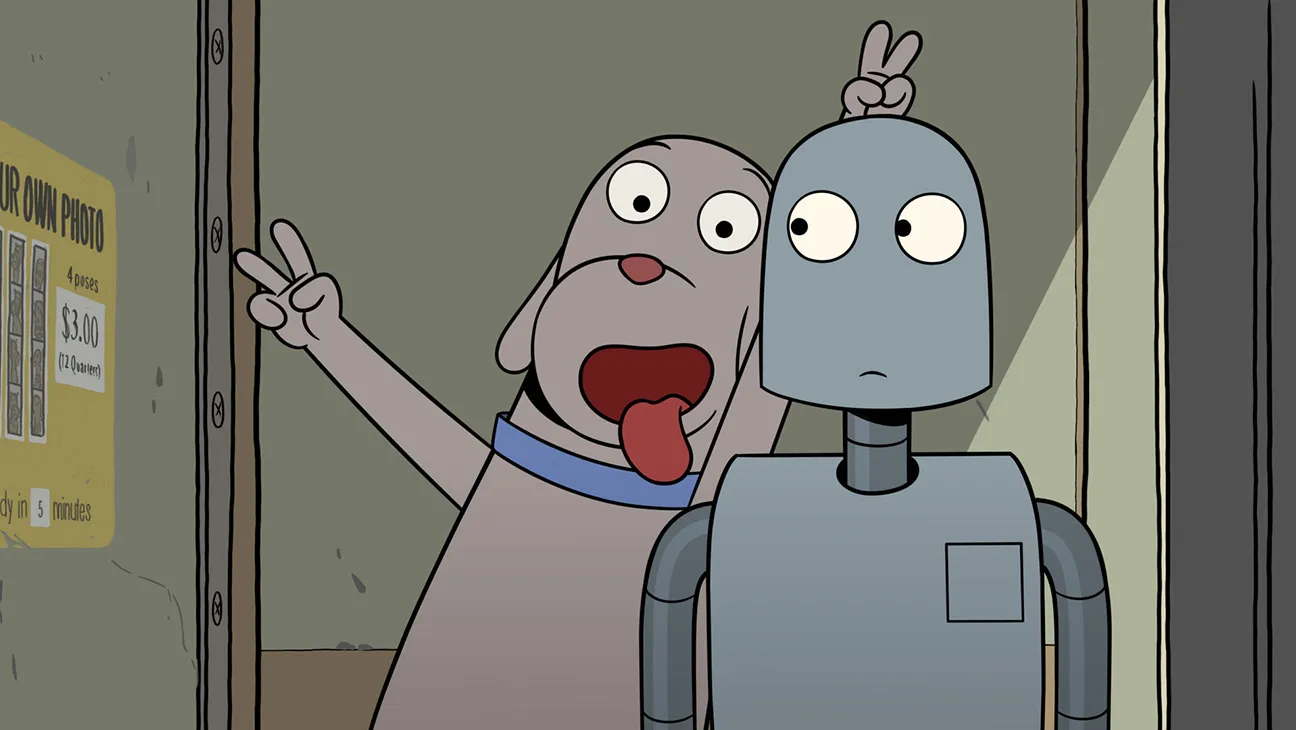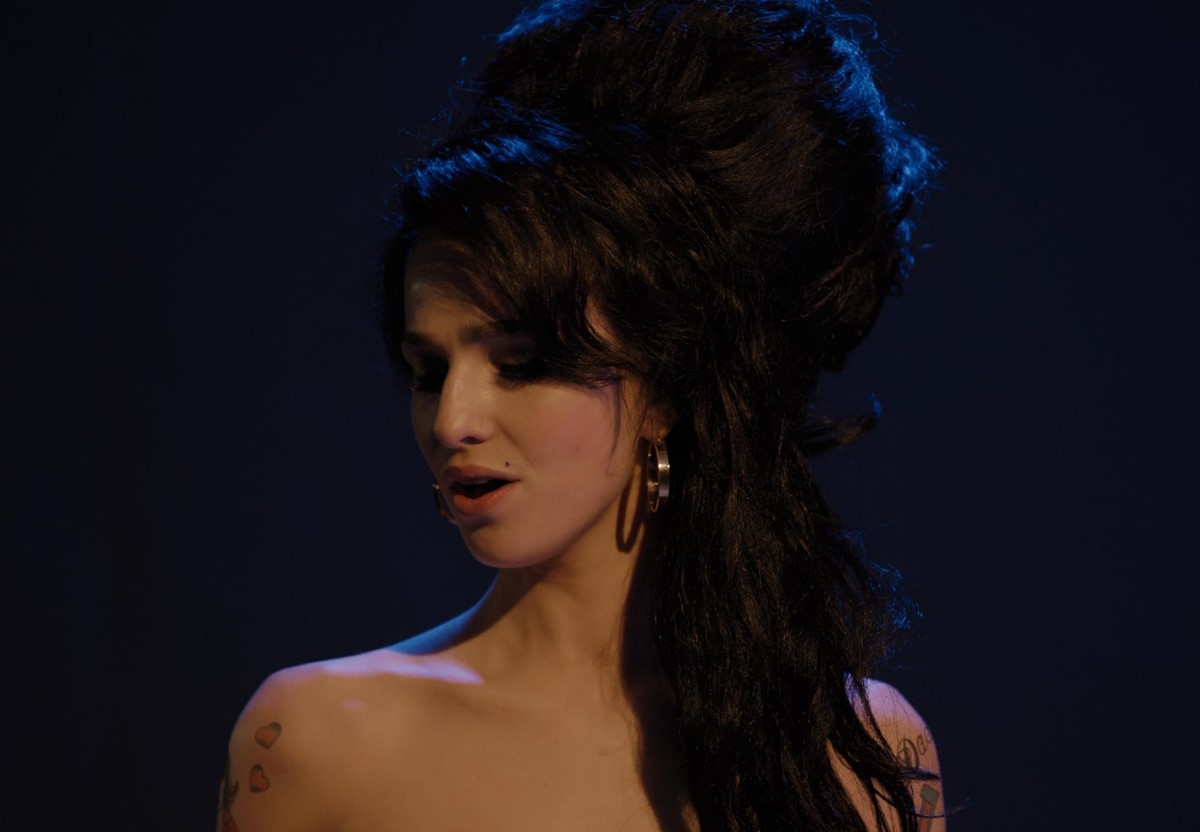by Kate Stables
East Hokkaido, present day. Unhappy, isolated Anna goes to stay at the seaside with her foster mother Yoriko’s cousins. Across the salt marsh there is a dilapidated mansion, Marsh House, which seems familiar. Anna dreams of a blonde girl glimpsed there. After fighting with another youngster, Anna rows out to Marsh House and finds it mysteriously immaculate. The girl, Marnie, rescues Anna’s boat and pledges a secret friendship. The next night, Marnie disguises Anna as a flower girl at her parents’ plush party, and they dance. Anna is jealous of Marnie’s male friend Kazuhiko. Anna meets a new family moving into Marsh House. Daughter Sayaka finds Marnie’s hidden diary – Anna is not mentioned. Anna dreams that she confesses her anger at her dead parents and paid foster parents to Marnie. Marnie says she loves her. Marnie admits that the maids abuse her, threatening to lock her in a haunted silo. Anna takes Marnie there; Marnie is terrified inside the rain-lashed silo and disappears. Anna sees Marnie and Kazuhiko meeting, but wakes there alone. Sayaka discovers torn-out diary pages telling of Marnie’s tryst with Kazuhiko. She finds an ill, feverish Anna near the silo. When Anna has recovered, local painter Hisako reveals that Marnie lived in the house years ago; she married Kazuhiko and they had a daughter named Emily. After Kazuhiko died, Marnie sent Emily away and was institutionalised for a while. When Emily and her husband died in an accident, grandmother Marnie cared for baby Anna. Marnie died ten years ago. Yoriko brings Anna the Marsh House picture she clutched as a child. Anna is reconciled with her, and pledges friendship with Sayaka.
“In this world there’s an invisible magic circle. There’s an inside… and an outside,” muses desperately unhappy 12-year-old Anna (Takatsuki Sara) of her schoolyard isolation. Like Anna, this gentle, eerie coming-of-age animated drama seems an outsider among its Studio Ghibli stablemates. There’s a little overlap with Takahata’s evocative, memory-fuelled Only Yesterday (1991), and a few Miyazaki-ish elements (a girl heroine, a childhood transition, a lot of love for the landscape). But you’d look in vain for the fluid animism or immersive worlds of, say, Nausicaa of the Valley of the Wind (1984) or Howl’s Moving Castle (2004). Rather, this is Ghibli gothic, in which director Hiromasa Yonebayashi cleaves closely to Joan G. Robinson’s classic 1967 YA novel, carefully transplanting its supernatural- infused tale of female friendship from Norfolk to East Hokkaido. More magic-realist than the full-blooded Ghibli fairytales we’ve known, as Anna is increasingly drawn into a secret bond with the mysterious Marnie on her seashore holiday, the film winds together tween alienation, mild horror, jeopardy and a fierce, almost romantic attachment between the girls. For animation, even Ghibli fare, it has an unusual emotional intensity, dwelling on pain, grief and abandonment. The usual blue Ghibli summer skies are often a pearly, cloudy grey here, reflecting Anna’s miserable inner climate.
She’s an awkward heroine – moody, isolated, mean to foster mother Yoriko and to other children (she threatens a girl who makes fun of her ‘foreign’ blue eyes). This is a darker version of the tween-misery familiar from Inside Out (2015): Anna’s prickliness stems from real hurt, even self-loathing. Her depression is expressed sensitively in lingering visuals of her endlessly hiding away, even scouring out the other children from her sketch of a playground. A staple theme of YA literature, it’s still a bold choice in an animated feature. So too is the film’s presentation of the romantic female friendship that Anna forges swiftly with the blonde Marnie (Arimura Kasumi), the here-then-gone inhabitant of the grand Marsh House that fascinates Anna. Through a midnight picnic and rowing lesson, and a moonlit waltz on a party terrace, the girls’ involvement is intense. Marnie admits, “I love you more than any girl I’ve ever known.” Speculation has rumbled through Tumblr concerning the film’s possible lesbian subtext. But like everything else in When Marnie Was There, the girls’ relationship is complex and many-layered, simultaneously embodying the tomboy and girlie-girl archetypes of anime, and harking back to a more innocent era.
Using the same kind of dreamlike, hazy mood, the film also layers and elides the story’s teasing time-slip elements, buffing up the past glories of Marsh House in idealised bright colours but making the present tangible, warm, even scuffed. Production designer Taneda Yohei (usually a live-action specialist – he designed The Hateful Eight) brings in pleasing levels of close-up detail. Finding a sharp beauty in the everyday, the animation lingers on laundry snapping in the breeze, festival lanterns glowing, an oozing breakfast egg. Yonebayashi provided enchanting natural-world detail in The Secret World of Arriety (2010), but here he and his crew nimbly convey how Anna’s senses are gradually awoken. You get the bulge and squeak of cutting into a huge tomato, the feel of sea wind across the face, a rainstorm charging like a bull around the inside of a ruined silo. The initial greys and beiges of Sapporo city give way to a pastel palette of subtle blues and shaded or sunlit greens to make emotionally expressive seaside landscapes.
All this quiet beauty has its price, which is paid in plot shortcomings. After a necessarily slow start exploring Anna’s misery, the film makes neat, unsettling darts between past and present, which leave the question of where Marnie comes from and who she is nicely fluid. Its story stretches Anna to breaking point between two worlds, like a quieter, less Freudian version of Paperhouse (1988). But in its final determination to wrap everything up neatly, the film dumps a tumble of explanation in our laps, including one key revelation that sits oddly with the film’s heady, girlish infatuations.
Despite the absence of the kind of imaginative spectacle or battle sequences that galvanised Spirited Away (2001) and Princess Mononoke (1997), When Marnie Was There is expertly atmospheric. Its action is all contained within its emotional ebb and flow, as fierce as the tides that lap at Marsh House. Poignant and nuanced, it has a delicate melancholy that makes it a more than worthy last offering, should the rumours of an end to Studio Ghibli in-house theatrical features prove true.
Sight&Sound, July 2016; pp. 90-91




